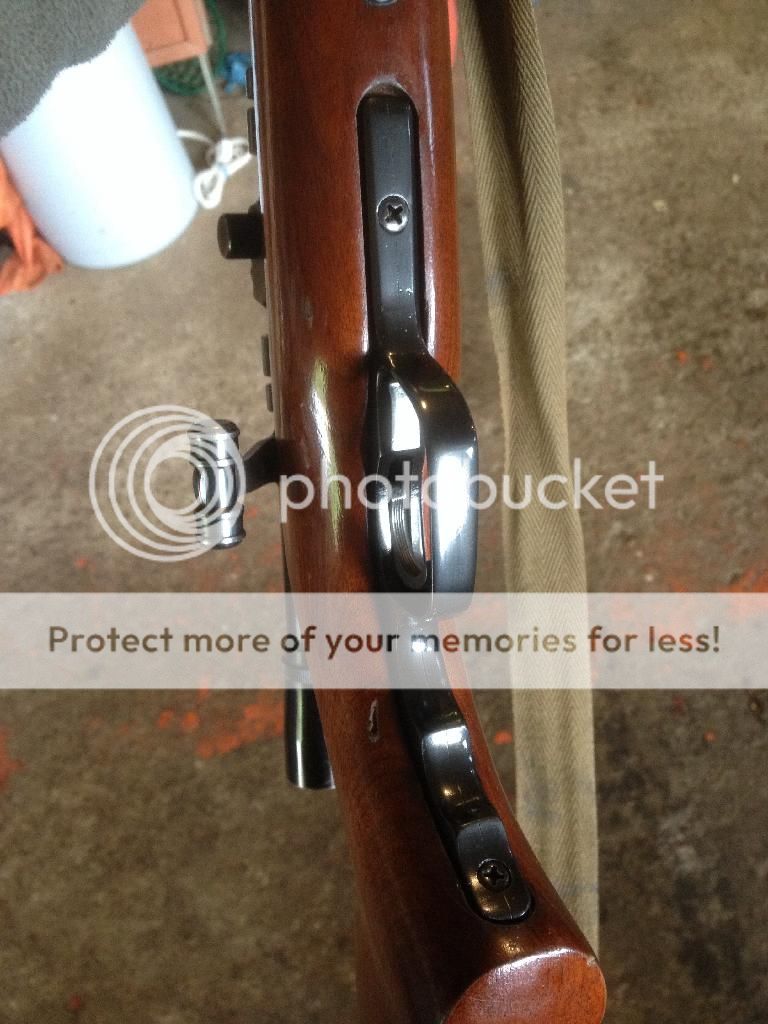If the max you got to was 300f it could be fine. That temp wouldn't do much tempering, more of just a stress relief. Especially if not held at temperature for a long time.
Yeah.... but only going to 300F won't be enough to char any motor oil worth anything. Hell, it won't even make cooking oil char. You've got to go a lot higher than that.
The other option is that oil ON a part might light up and burn away to leave a charred layer. But it's not a layer that will be bonded strongly to the metal and will clean away with normal gun solvents and even gun oil.
All in all it's just a poor way to color the metal. And a risky one at that.












































































